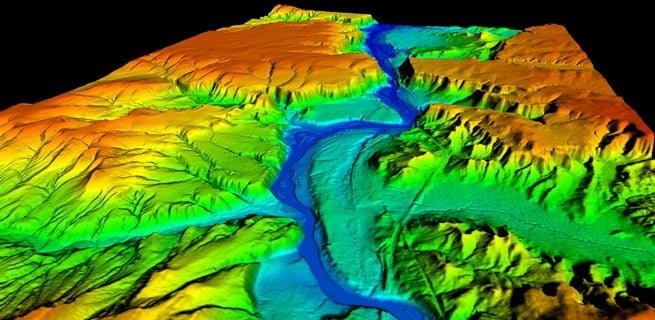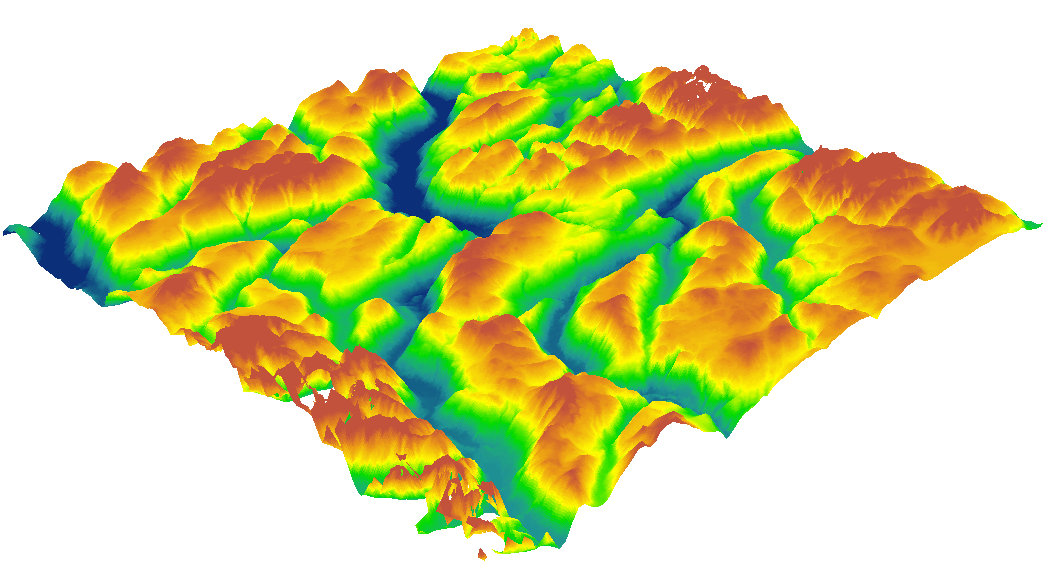

Images taken by the drone are usually saved on a memory card (such as SD card), just like for any other camera. This data can help predict landslides and prevent potential damage to roads, railways and bridges. With orthomosaics taken at different times, it is possible to detect changes in earth movement and to measure its velocity. Knowing the steepness of the ground’s surface, the areas can be classified and used for slope monitoring purposes, including landslide mitigation and prevention. With automated GIS analysis, it is possible to extract slope measurements from DTMs and DSMs generated by drone imagery. The short acquisition time enables capturing a site snapshot at a specific point in time. Since drones are capturing the data from above, operations on site won’t be interrupted. They can also do this in a much safer way than if they had to manually capture the data by going up and down a stockpile. With a drone, surveyors can capture many more topographic data points, hence more accurate volume measurements. This fast and inexpensive method of volume measurement is particularly useful to calculate stocks in mines and quarries for inventory or monitoring purposes.
Digital terrain model government series#
The HRDEM and HRDEM Mosaic products are part of the CanElevation Series created in support of the National Elevation Data Strategy.With 3D mapping software, it is also possible to obtain volumetric measurements from the very same images. Collaboration with various partners is a key factor in the success of the Strategy, both to release existing data and to acquire new LiDAR data across the country. The National Elevation Data Strategy aims to increase high-resolution elevation data coverage for Canada and improve product accessibility. About the National Elevation Data Strategy The additions are located in the provinces of Manitoba, Ontario, Quebec, Nova Scotia and Newfoundland and Labrador.Īll of this highly detailed 3D information provides essential foundational geospatial data for many government projects and priorities, such as flood mapping, forest inventories, climate change monitoring, and urban management.
Digital terrain model government download#
The data is available either by download or through a Web Map Service. They contain information such as elevation and minimum and maximum building heights. These footprints are automatically extracted from building classifications in the LiDAR data. More than 1 million new building footprints have also been integrated into the Automatically Extracted Buildings product. Legend : HRDEM product coverage in November 2021 Automatically Extracted Buildings The HRDEM Mosaic product specifications are available here. A new and efficient way to view the most accurate elevation data in the country!įor more information on the HRDEM product, consult the product specifications or the download procedure. In addition, a new visualization tool for the HRDEM Mosaic product is now available and provides quick and easy access to the HRDEM Mosaic and all of its derived products. The total coverage of LiDAR-derived HRDEM and HRDEM Mosaic data is now nearly 600,000 km2 and covers 84 of the 100 largest Canadian cities!

New data are located in the provinces of British Columbia, Manitoba, Ontario, Quebec, Prince Edward Island, and the Northwest Territories. More than 100,000 km2 of new High Resolution Digital Elevation Models (HRDEM) have been added to the HRDEM and HRDEM Mosaic products.

Natural Resources Canada (NRCan) is pleased to announce the release of a range of new LiDAR-derived data on Open Maps – with data from numerous government organizations across the country.


 0 kommentar(er)
0 kommentar(er)
